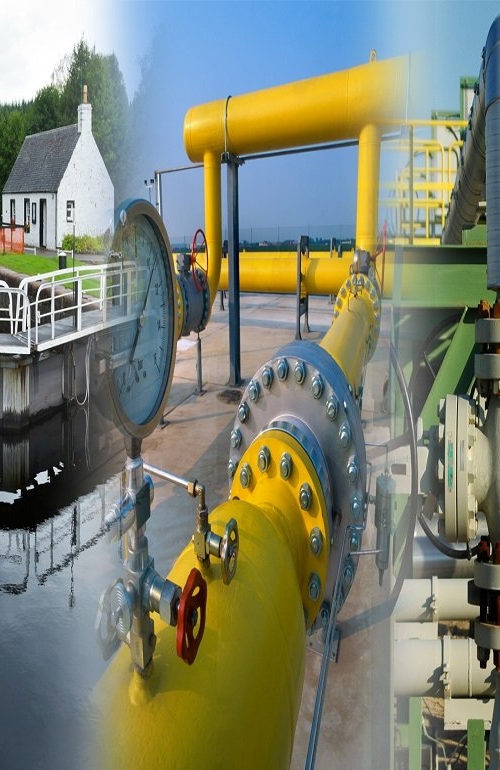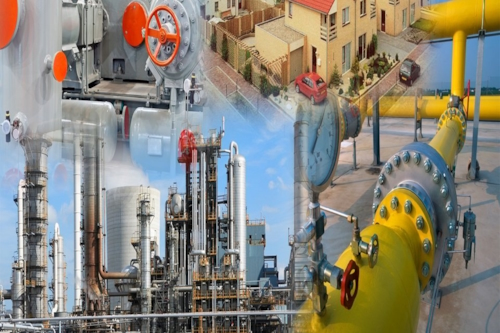
Benchmarking
Receive a quote tailored to your needs
Monitoring the indicators gives you an objective impression of how your operations are performing and the progress you are making towards set objectives. Benchmarking or comparing your indicators with those of other companies is a very insightful way of measuring your performance. The ultimate goal of benchmarking is to control and improve the processes in your organisation that the indicators portray. As a result, you can achieve your objectives quickly and efficiently.
Various types of benchmark analyses can be made:
- (Technical) process departments comparison in a network company or between companies/countries
- Asset management activities and departments comparison or between companies/sectors/countries
- Risk-based asset management activities comparison between companies/sectors/countries
- Risk management activities between companies/sectors/countries
Relevant to:
- Asset manager
- Asset specialist
- Risk specialist
- Risk managers
- Specialists/Generalists
- Quality officers
- (Internal) auditors
- HSE coordinators
- Department managers
Benchmarking can be used for making comparisons between your company and other companies operating in the same or different sectors in the same or different countries. Internal benchmarks can also be set up for making comparisons between departments or units. Benchmarks can also stimulate healthy competition. In general, benchmarks provide greater insight into and improve your organisation. This often results in increased efficiency and effectiveness and therefore profitability.
Working together with your, Kiwa Technology can compare the objectives and indicators (KPIs) for your relevant processes in a benchmark. After doing this, Kiwa Technology can adapt, supplement or set objectives, KPIs and organise the supporting data management process efficiently and transparently in collaboration with you.
Depending on the scope of the benchmark:
- Identification of the objectives and KPIs
- Collection of the relevant data
- Comparison of this date with the objectives and KPIs of other companies/sectors/countries
- Analysis of the results
- Formulation of improvement proposals
- Implementation of improvement proposals
Technical Audits, Valuation and Due Diligence
The energy distribution sector is continually evolving. When taking control of networks, it is important to obtain insight into their technical condition. The quality of the assets being acquired is a determinant factor in their value.

Risk Management and Analyses
The added value of Risk Based Asset Management (e.g. according to PAS55 or NTA 8120) can be broken down into a number of internal and external benefits.

Policy studies
Constructing a new energy network is associated with significant costs. Consequently, the concept that is best suited to the situation should be identified as soon as possible. Various energy concepts can be compared on issues such as costs and CO2 emissions via energy studies.

Data Management and Analysis
You probably collect large quantities of data about your network, including, for example, inspection reports for stations, pipeline leakage detection details, breakdown records or other information.

Temporary Staff
The energy distribution sector is continually evolving and changes inside and outside organisations follow on from one another at a rapid pace. These changes impact on the personnel, employees and manpower in organisations.
